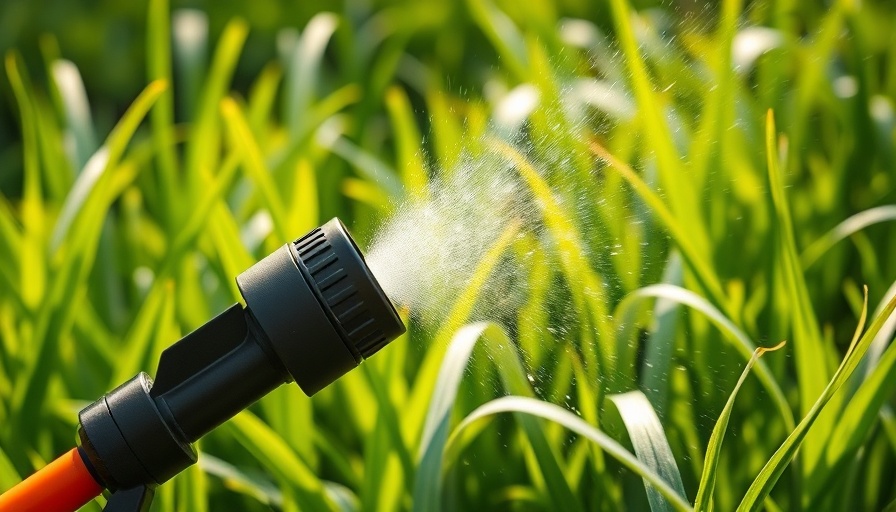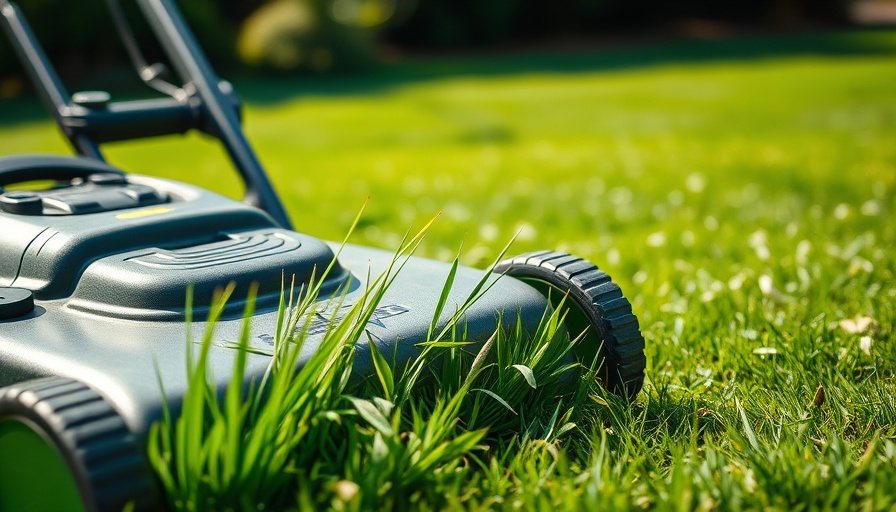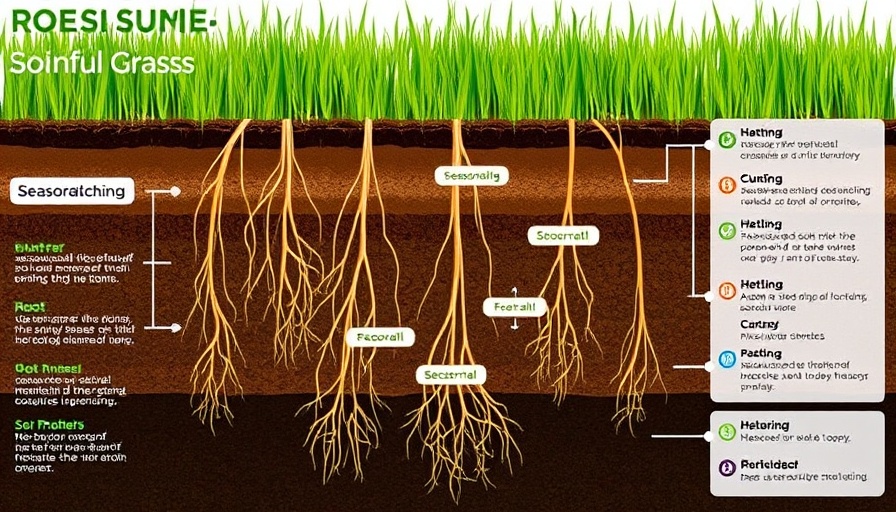
Understanding Pre-Emergent Herbicides: A Gardener's Ally
As spring approaches, many homeowners and gardening enthusiasts are keen to keep their lawns pristine and free from pesky weeds. This is where pre-emergent herbicides come into play. These specialized products target weeds before they break through the soil, essentially intercepting their growth cycle right at the start. These herbicides inhibit the establishment of weed roots, making them a proactive tool for maintaining a healthy lawn.
Timing is Everything: The Spring Application Window
Optimal timing for applying pre-emergent herbicides hinges on soil temperature, not air temperature. Expert Dr. Rebecca Grubbs-Bowling emphasizes that soil temperatures should range between 50-55 degrees Fahrenheit in spring. This specific temperature range signals the germination of dormant weed seeds, especially summer annuals. If the soil is too cold, the herbicide won't be as effective, and if applied too late, it may miss its target completely.
To avoid common pitfalls, homeowners can monitor soil temperatures through local extension services or by using inexpensive soil temperature gauges. The ideal window for application varies by geographical location:
- In South Florida, early February is your go-to time.
- For central Missouri, aim for mid-March to mid-April.
- Wisconsin residents should apply in April.
The Fall Application Strategy: Preparing for Winter
Just as spring applications are crucial, so are fall applications for preventing winter annual weeds. Targeting winter germinating varieties such as Henbit or Poa Annua means applying pre-emergent herbicides when soil temperatures begin to fall to around 70 degrees. This late-season approach ensures that weeds are tackled before they can establish roots and thrive during the cold months.
Granular vs. Liquid: Which Pre-Emergent Herbicide Should You Choose?
Pre-emergent herbicides come in various formulations, primarily granular and liquid. Granular herbicides tend to be user-friendly and require less precision in application, making them ideal for larger lawns. Conversely, liquid herbicides allow for more targeted treatment and can easily penetrate the soil surface, providing swift action against weeds. Choosing between them often depends on personal preference, lawn size, and weed types present.
Common Weeds to Target
Pre-emergent herbicides are particularly effective against annual weeds. Homeowners should familiarize themselves with common culprits:
- Crabgrass: A fast-spreading grassy weed that can quickly take over your lawn.
- Dandelions: Recognizable by their bright yellow flowers, they transform into puffy seed balls, easily dispersing their seeds.
- Poa Annua: Known for its resilience, this winter annual can be tough to manage without pre-emptive measures.
Building a Healthier Lawn: The Long-Term Benefits of Pre-Emergent Application
Utilizing pre-emergent herbicides is not merely about keeping weeds at bay; it’s an investment into the longevity and health of your lawn. By preventing weed growth, homeowners can foster a potent environment for grass to flourish. Less competition means stronger root systems, improved drought resistance, and enhanced curb appeal.
Insights from Experts: Effective Weed Management Strategies
Experts recommend that, aside from using pre-emergent herbicides, homeowners maintain a robust care routine that includes proper watering, mowing, and lawn aeration—measures that contribute to an overall healthy ecosystem. Such measures complement the use of herbicides, making your lawn a less hospitable environment for weeds.
Conclusion: Take Charge of Your Lawn Care
Incorporating pre-emergent herbicides into your lawn care regimen is a science that involves understanding timing, product choice, and local conditions. By adopting these techniques, you position yourself ahead of potential weed invasions, ensuring a vibrant and healthy lawn throughout the seasons.
 Add Row
Add Row  Add
Add 


 Add Row
Add Row  Add
Add 

Write A Comment